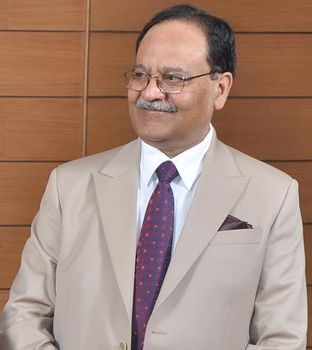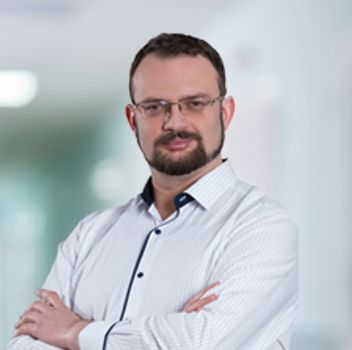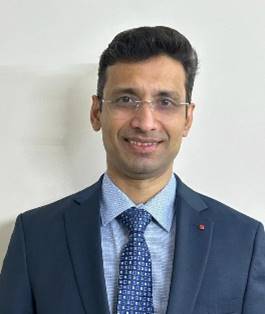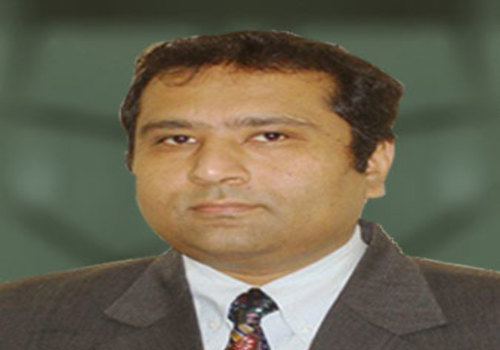Is lower back pain bothering you? This treatment can help!

Spinal Fusion Surgery in India
Ailments like back pain have become common when we look at our sedentary and metropolitan lifestyle, but elongated suffering from such ailments can be a signal that you need a permanent solution. Spinal fusion surgery can treat a diverse range of ailments and injuries. And once the treatment is done, the patients are free to live the life they desire. But how could one know that one needs to go for this treatment? What exactly is the procedure of surgery? What are some complications that you might face? And finally how long would you need to recover? Stick to this article as we discuss all this and a lot more further.
What does Spinal Surgery treat?
Your doctors will recommend you spinal surgery in a situation where they can pinpoint the exact source of pain. Doctors usually carry out a number of diagnostics like X-Ray, Magnetic Resonance Imaging and Computed Tomography. Here is a detailed list of diseases and disorders this surgery aims to fix.
- Degenerative disc disease
- Spondylolisthesis
- Fracture
- Infection
- Tumour
- Spinal stenosis
- Scoliosis
Lumber spine is found in the lower portion of the spine located below the rib cage, this area is generally the common cause of back pain, the cases of pain in lower spine increases as people age. This pain may be due to a natural disorder like degenerative arthritis (wearing of cartilage over time) or it could be something serious like a tumour, scoliosis (curvature of the spine), infection or spondylolisthesis. Your physician after a number of tests could tell you the exact cause of pain.
What does this surgery do?
Spinal Fusion surgery deals with small bones of the spine called Vertebrae, as its name suggests it intends to fuse two vertebrae together. This fusion results in the elimination of motion between the vertebrae, and they grow strong together. Also, the cushion between the bones called the intervertebral disc or bone spurs are removed to relax any pressure on the nerves, this helps in reducing pain. In this process, when two vertebrae are fused, the growth of bone spurs between them stops, this further eliminates any chance of pain.
How is this surgery performed?
This surgery is performed under anaesthetic conditions so the patients won’t feel any pain during the surgery. There are three approaches to the surgery, depending on where the surgery is required. It can either be done through an incision in the back, which in medical terms is known as posterior incision, Or it can be done through an incision in the front side of the body (near the neck) known as anterior incision. Sometimes even a combination of both of these approaches is used by the doctors in this surgery.
Once the incision is done and target spine is exposed, the surgeon uses a bone graft to bridge the distance between two vertebrae and join them. There are various grafting options used, they are:
Autograft: This method includes using patient’s own bone for grafting, the bone is retrieved from the pelvis area.
Allograft: In this method, the bone obtained from cadavers (Corpses) are used for grafting.
Bone graft substitutes: The doctor uses a synthetic bone as a grafting option.
Risks and complications
As every other surgery that is done, this one too has some of the risks and complications that you might consider discussing with your surgeon or doctor. Some of the know complications are:
Infection: Surgery wounds are prone to infection both internally as well as externally, Doctors prescribe you with some antibiotics which could help in preventing the occurrence of any infections
Bleeding: There can be some amount of bleeding from the surgical wound, but it is usually not very significant.
Nerve damage: There are rare possibilities of a nerve getting damaged in the surgery
Reoccurrence of symptoms: In some cases, the patient may experience the symptoms as they used to experience it before the surgery.
Pseudarthrosis: This is a situation where there is not the optimum level of bone formation after the surgery, resulting in weakening of fusion. In such cases, a second surgery could be advised.
Blood clots: This is one of the uncommon complications, there could be the formation of blood clots in the legs. If these clots break off and make their way to lungs, it can prove dangerous.
Recovery after Surgery
Once the surgery is done you would be required to stay in the hospital for observation, if everything goes right you could be released in 3 to 4 days. After the surgery, you might witness pain in the surgical area, doctors will prescribe pain medicines to relieve that. Once you are released the first three months are crucial for your recovery, you should avoid the following things during this period:
- Bending
- Twisting
- Lifting anything that weighs over 10-15 pounds
- Smoking
Your doctor may also prescribe you to wear a brace to keep the spine in a proper alignment, aiding a speedy recovery.
As the costs for this kind of surgical process is quite high around the world, India has become a hub which offers quality treatment for spinal problems that require surgery. Spinal fusion surgery in India is performed at affordable costs, with best available treatment technology. Doctors in India being from some of the best medical schools in the world are well-trained to perform minimally invasive procedures that ensure a shorter healing time after surgery. Qualified surgeons here are known for reducing the risks as much as possible and hospitals throughout the country are dedicated to providing you with the best pre-surgical as well as post-surgical care you deserve.
We at Medmonks are committed to adding convenience to your medical visits, by looking after all your medical and non-medical needs. Our team ensures that you get a hassle-free healing experience by getting you the treatment from best spinal fusion surgeons in India. We handle all needful arrangements and procedures so that your treatment and healing remains the only priority you should be concerned about.





